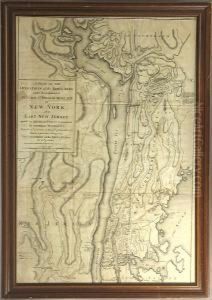Charles Steedman Paintings
Charles Steedman was an English-born artist, best known for his work in watercolor. He was born in 1817 in Manchester, England. Throughout his artistic career, Steedman focused primarily on landscape and marine subjects, often capturing the beauty of the English countryside and coastal areas. His works are characterized by their detailed rendering and the use of light to create atmospheric effects.
Steedman's artistic career was largely developed during the Victorian era, a period that saw a significant appreciation for watercolor as a medium. During this time, watercolor societies were established, such as the Royal Watercolour Society, although it is unclear if Steedman was affiliated with this or other specific institutions.
Despite his skilled work, Charles Steedman remains a relatively obscure figure in the art world, with limited information available about his personal life or artistic training. It is known that he exhibited works at various venues, including the British Institution and the Royal Academy of Arts, indicating that he was an active member of the art community during his lifetime.
Steedman passed away in 1880. His works, though not widely known, continue to be appreciated by collectors and connoisseurs of Victorian-era watercolors. The scarcity of biographical details about Steedman's life has made it challenging for art historians to fully assess his impact on the art scene of his time, but his surviving works offer a glimpse into his artistic talents and the aesthetic values of the period in which he worked.

